Multilingual branding is key to how your customers perceive your brand globally. It’s important to maintain a consistent brand image across everything you do—and in every country you do it in—from your company values and messaging to your color palette, design theme and tone of voice.
Keep reading for more on what multilingual branding is, why it’s necessary and five examples of brands getting it right.
See also: 5 global marketing strategies to inspire you in 2022
What is multilingual branding?
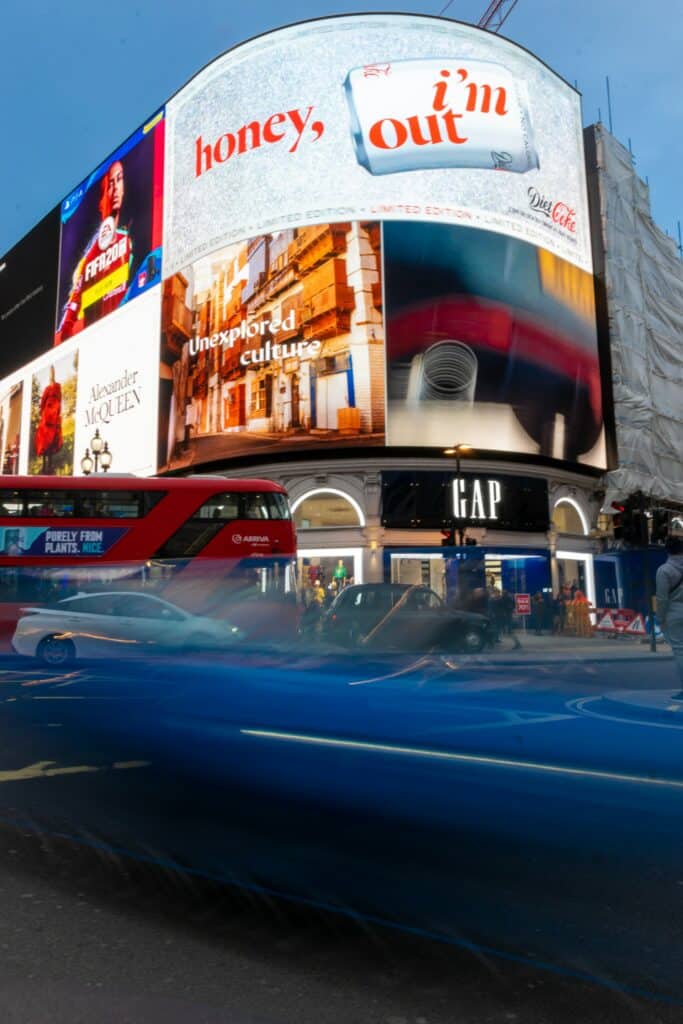
Multilingual branding is essentially branding but in more than one language. Let’s say you have a French company and want to expand globally—you’ll need to adapt your messaging into each language market you enter. For example, if you want to reach Germany, Spain and the UK, you’ll have to adapt your brand messaging into these three different languages (and cultures). That’s multilingual branding in a nutshell.
Your branding encompasses everything that influences how people view your company and whatever you’re selling. It’s the first thing that people picture in their minds when hearing your brand name.
Here’s an example:
What do you think about when someone asks you about Coca-Cola?
For me, I immediately see the famous logo, colors of red and moments of people enjoying the crispy cold fizzy drink outside with friends. That’s the brand image they’ve put out there into the world, and why everyone sees the brand in the same way, from California to Bangkok. And it’s all thanks to multilingual branding.
Multilingual branding aims to adapt marketing communications to languages and regions globally. The ultimate goal is that, wherever you go in the world, consumers have the same favorable perception of your brand and what you do.
To achieve this, you need to create one global look and feel, while adjusting your messaging and imagery to each region. Areas to consider keeping consistent include:
- Your logo
- Brand slogans and taglines—however, only if they work in each language
- Design color palette—but only if it still works within each region
- Keywords and phrases used to describe your product or service
- Tone of voice and style of your content
- General look and feel of everything you do—including your website, apps, social media content and communications
- Brand values and ethos
See also: How to run multilingual email marketing campaigns that convert
Adapting your content to new markets isn’t as simple as copy-pasting from one market to another. Download our free interactive guide to help you adapt your content strategy to local markets:

Is multilingual branding necessary?
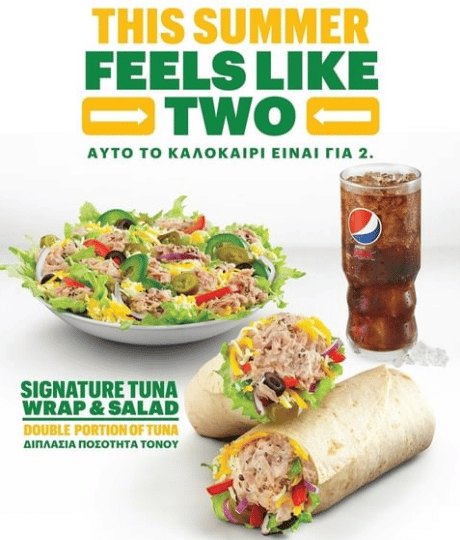
If you want to maintain a consistent image in each country, multilingual branding is necessary. Adjusting your branding to cater to multiple languages will help ensure that your business thrives in each region.
Customers are more likely to trust and resonate with brands that look local and make sense in the local context. Countries have different cultures, values, languages, humor and slang.
For example, a brand name may sound great in one language, yet completely inappropriate, or just weird in another. This is why, in some cases, multilingual branding involves coming up with a completely new brand name in each region.
When paired with a glocalization strategy, multilingual branding allows your international customers to instantly recognize your global brand and relate to it on a more personal and local level.
See also: Glocalization: What it means and which brands are doing it best
While multilingual branding is necessary, it doesn’t come without its challenges. The biggest is that there’s no “one-size-fits-all” when it comes to branding in different countries.
To succeed in a new region, you need to meet your target audience’s expectations. And that involves everything from getting your translations right to localizing your multilingual graphics, storytelling, emotive messaging, cultural context and everything in-between.
See also: Multilingual content marketing: Your essential guide
5 examples of multilingual branding
It always helps to look for inspiration from others. Here are five examples of multilingual branding done right.
1. Olay skincare
International skincare brand, Olay, started in South Africa but was later purchased by P&G in the 1980s. When looking to roll out internationally, the brand had to consider how to tailor the name to suit different languages and cultures—while also navigating different copyright rules in each country.
At first, they went with “Oil of Olaz” in many mainland European countries, “Oil of Ulan” in Australia and “Oil of Ulay” in the UK. Today, however, they’re more streamlined with just “Olaz” in German-speaking countries and “Olay” everywhere else.
Apart from the different names, the branding is consistent and easily recognizable, as you can see below:
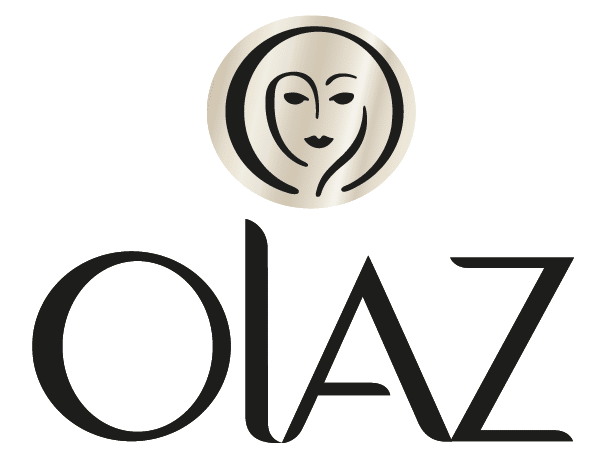

2. Lipton tea
If you’re shopping for Lipton tea in the UK, you can look out for the bright yellow packaging with a minimalist design. However, in Japan, the boxes of Lipton’s tea are bursting with color, featuring designs of mountains, trees and fruit.
They also have a wider variety of flavored teas and more options of green tea, as this is the preferred type of tea in the region.
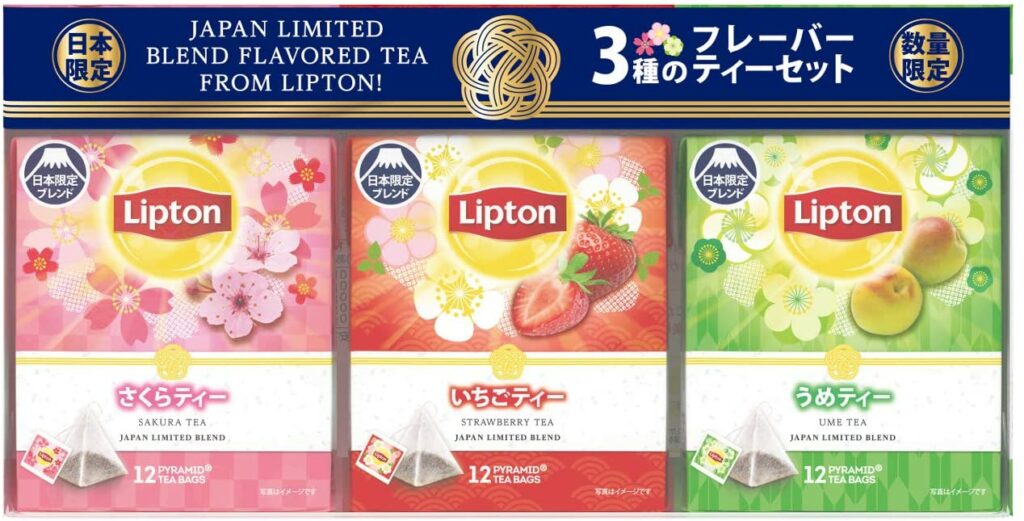
3. Unilever’s ice-creams
You’ll find Unilever’s ice-creams in over 50 different countries globally. And while they go by all sorts of different names, you’ll always be able to spot them in the freezer, thanks to their legendary Heartbrand logo.
The signature name differs from country to country. You’ll find “Wall’s” across the UK and parts of Asia, but you’ll need to look out for “Algida” in Italy, “Langnese” in Germany, “Good Humor” in the US and “Kibon” in Brazil.
The Heartbrand logo brings the various names together, including Unilever’s entire ice-cream collection, which also includes Cornetto, Viennetta and Carte D’or. This allows customers to identify that the different brands are all part of the same group.
Unilever’s philosophy is “Live from the Heart!” and wherever customers see the Heartbrand logo around the world, it means “here there’s joy!” So, while the logo spans all languages and cultures, the local names are linked to each region, giving it a more “local” feel.
See also: Global content marketing: Make your brand known worldwide
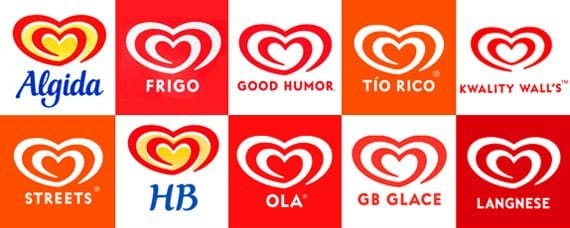
4. Bolt’s social media branding
Transport service, Bolt, is a great example of keeping a consistent brand across its global social media accounts. Whether you look at Bolt Portugal, Bolt Nigeria, Bolt France or Bolt Ireland’s Instagram accounts, you’ll find the same classic green color scheme. Each account, however, is localized to reflect the market.
Along with the same branding guidelines, the accounts also feature many similar post types, in local languages. Below is an example of using the same content idea—describing your city in emojis—but localizing it to each market for Portugal (left), France (middle) and Ireland (right):
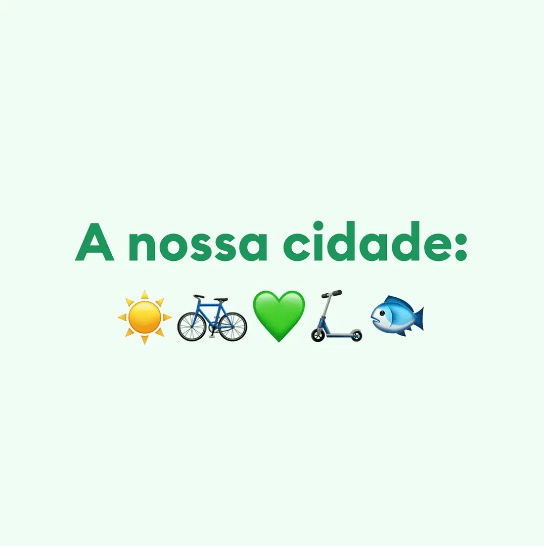


See also: How to create a solid multilingual social media strategy
5. Mr. Clean cleaning products
You’ll find many different versions of the traditional US Mr. Clean. Why? Because people use different name titles around the world.
You’ll find the same recognizable logo and color scheme but with a different name as you travel around Europe and North America. Mr. Clean is “Maestro Limpio” in Mexico, “Mister Proper” in Eastern European countries, “Meister Proper” in Germany, “Don Limpio” in Spain, “Mastro Lindo” in Italy, “Monsieur Net” in Quebec, Canada, “Monsieur Propre” in France, and “Flash” in Ireland and the UK.
See also: Global marketing standardization vs. localization: A helpful guide
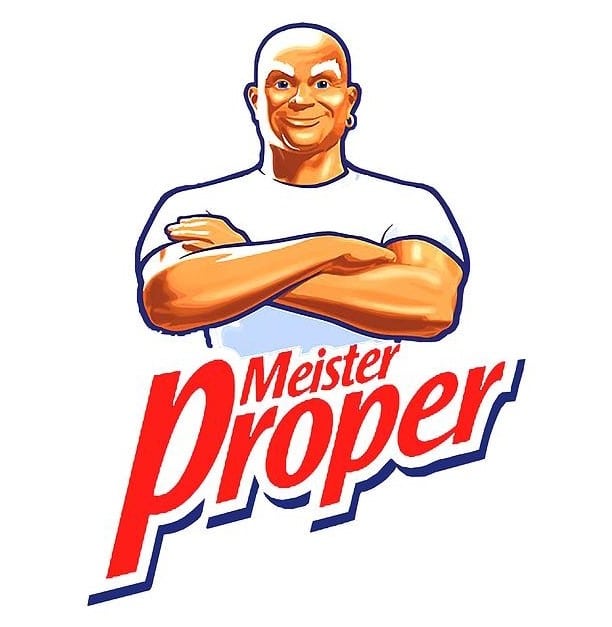

Finding that multilingual branding sweet spot
There’s a fine line between remaining true to your core values and adapting your branding to each new market. Getting multilingual branding right is finding the sweet spot in between. It’s localizing your imagery and messaging, while keeping it within your brand guidelines.
The best way to do this is to work with a specialized multilingual agency that understands the importance of global branding.
At VeraContent, we learn everything there is to know about your brand—from your values to key messaging, value proposition, tone and visual guidelines—before starting to work on any content strategy. That way, we have enough knowledge and guidelines to ensure that all content created aligns with your brand, no matter which language it’s in.

